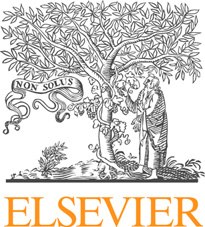Myozyme, inn-alglucosidase alfa
DENOMINATION DU MEDICAMENT Myozyme® 50 mg poudre pour solution à diluer pour perfusion. 2. COMPOSITION QUALITATIVE ET QUANTITATIVE Un flacon contient 50 mg d’alpha alglucosidase. Après reconstitution, la solution contient 5 mg d’alpha alglucosidase* par ml et après dilution, la concentration varie de 0,5 mg à 4 mg/ml. *L’α-glucosidase acide humaine est produite par

 i n t e r n a t i o n a l j o u r n a l o f s u r g e r y 6 ( 2 0 0 8 ) 4 0 – 4 4
Effect of mesalamine on healing in experimental colonanastomosis: A randomised experimental study
Ahmet AslanMuhyittin TemizSibel HakverdiGurbuz Cemil Tumer,Abdulkerim TemiElif Canbolant
aMustafa Kemal University, Faculty of Medicine, Department of General Surgery, Antakya-Hatay, TurkeybMersin University, Faculty of Medicine, Department of Biochemistry, Mersin, TurkeycMustafa Kemal University, Faculty of Medicine, Department of Pathology, Antakya-Hatay, Turkey
Objective: We aimed to investigate the effect of mesalamine on healing of experimental
colon anastomosis model.
i n t e r n a t i o n a l j o u r n a l o f s u r g e r y 6 ( 2 0 0 8 ) 4 0 – 4 4
Effect of mesalamine on healing in experimental colonanastomosis: A randomised experimental study
Ahmet AslanMuhyittin TemizSibel HakverdiGurbuz Cemil Tumer,Abdulkerim TemiElif Canbolant
aMustafa Kemal University, Faculty of Medicine, Department of General Surgery, Antakya-Hatay, TurkeybMersin University, Faculty of Medicine, Department of Biochemistry, Mersin, TurkeycMustafa Kemal University, Faculty of Medicine, Department of Pathology, Antakya-Hatay, Turkey
Objective: We aimed to investigate the effect of mesalamine on healing of experimental
colon anastomosis model.